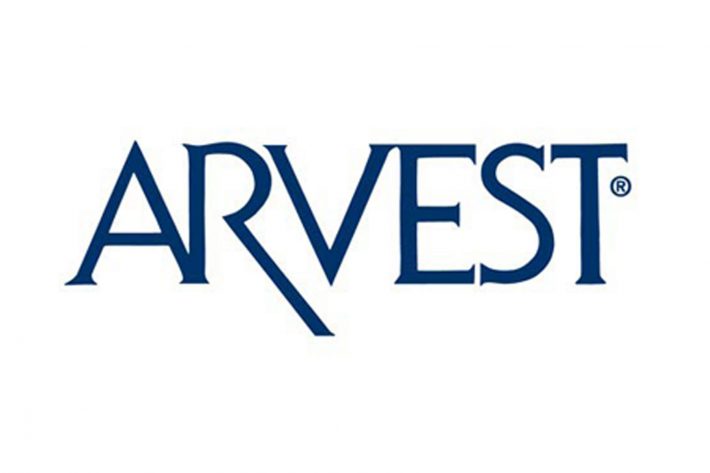Though it may be a ways down the line, after years of working to provide for your family, you’re probably looking forward to enjoying a comfortable and carefree retirement. However, with the rising cost of living and increasing life expectancy, what exactly does that look like? Saving for retirement is something we all know we need to do, but sometimes people just aren’t sure where or when to start. Or maybe you’ve started saving but you aren’t exactly sure what your ultimate savings goal should be? There are some basic questions to ask yourself that can help you determine what your retirement plan might look like.
Begin by asking yourself:
- What do I want to do during retirement?
- When do I want to retire?
- How much can I expect in Social Security or pension income?
- Will I still have a mortgage, or will my home be fully paid?
- What will my monthly expenses be?
- Will I need to pay for health insurance or will I qualify for Medicare?
- Do I have savings accounts that I can draw upon if necessary?
The answers to the questions above will result in different retirement goals for different people, but it is a safe bet to say that you should start saving for retirement as soon as you possibly can. The long-term goal is to have saved about eight times your salary by the time you retire. That will allow you to live off of 85% of your salary each year, not including social security and any other post-retirement income you may have. As your salary increases, so should your savings.
Also be sure to pursue options through your employer where your retirement can be matched to boost your nest egg even more. From the time you secure a job, you should try to deposit the maximum amount possible into your 401(k) plan if it is offered to you. Employers will typically match your contributions up to a certain amount. If you can’t deposit the maximum amount, start by allocating what you can and increasing the amount you contribute to your 401(k) by one percent each year.
Also, if you change jobs, transfer that 401(k) savings – don’t spend it. You’d be surprised at the number of people who see that savings as spending money. If you spend it, you’re starting from ground zero again. If you can, it’s good to contribute monthly to your retirement savings and to an emergency fund in the event you have a major unexpected expense. Unexpected expenses often derail savings plans and it can be hard to get back on track.

Saving money can be hard, especially when there are so many other major life expenses along the way, such as your home and children’s college funds. The key is starting early and saving consistently. You’ll want to meet with an experienced professional to develop or review your retirement plan. Arvest Wealth Management client advisors can help you create a reliable retirement income, grow your long-term assets, plan for taxes and protect you and your family from unexpected events. For more information visit www.arvest.com/wealth or call (888) 916-2121.
Investment products and services provided by Arvest Investments, Inc., doing business as Arvest Wealth Management, member FINRA/SIPC, an SEC registered investment adviser and a subsidiary of Arvest Bank. Insurance products made available through Arvest Insurance, Inc., which is registered as an insurance agency. Insurance products are marketed through Arvest Insurance, Inc. but are underwritten by unaffiliated insurance companies. Trust services provided by Arvest Bank.
Investments and Insurance Products: Not a Deposit | Not Guaranteed by the Bank or its Affiliates | Not FDIC Insured | Not Insured by Any Federal Government Agency | May Go Down in Value



